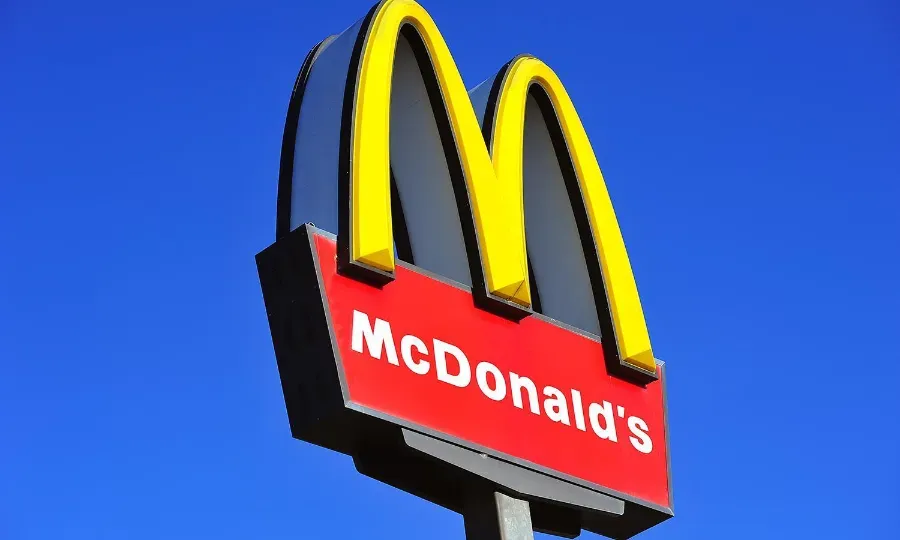From Big Data to Big Mac; how McDonalds leverages Big Data

McDonald’s is a massive global food service retailer with more than 34.000 local restaurants serving more than 69 million people in 118 countries each day. Their daily customer traffic is 62 million customers and they sell approximately 75 burgers every second. With annual revenue of $ 27 billion and over 750.000 employees McDonald’s is a huge company. Americans alone consume one billion pounds of beef at McDonald's in a year. It might be clear that they generate vast amounts of data, but how do they leverage that data?
In the past years, McDonald’s became an information-centric organization that makes data-driven decisions. In order to achieve that, they created a project development model were analytics forms a major aspect of the teams, but not the central part. Just as I discussed in the Big Data Roadmap, McDonald’s creates multi-disciplinary teams to discover, develop and deploy new solutions across the organization. In the discovery phase they try to rapidly come up with ideas and incubate them and as such they have just a few skill sets involved. For example operations, IT, analytics and engineering. While in the development phase they will add additional skills such HR, Training, Finance in order to get the right perspective and develop these new projects. Finally, in the deployment phase more diverse departments become involved, such as marketing or design. Mike Cramer, Director of Operations Research, advises a cross-functional approach with a business focus to achieve a great level of success, especially in the big data and analytics area.
This is the approach McDonald’s used to change the organization into a more information-centric company with a data-driven culture. The problem in the past was that the data provided by the local stores to the executive leaders were based on average metrics, which made it difficult to compare the stores and come up with appropriate actions that needed to take place in order to improve results. Therefore McDonald’s went from using averages to trend analytics that provide a lot more insight in what was happening at which local stores. They combined datasets and visualized it to better understand the cause and affect in the differences between stores. In other words, they combined multiple graphs to understand the correlation. These correlations were used to create more clear, relevant and actionable actions, resulting in saving money and time across the organisation.
One of the examples of such combined metrics is how McDonald’s uses big data to optimize the drive-thru experience. They analyse and optimize across three different factors: Design of the drive-thru, Information that is provided to the customer during the drive-thru and the people waiting in line to order at a drive-thru. A large family in a van ordering a large menu can create a negative experience for that single customer waiting behind the van that only wants a milkshake. Therefore they analyse the demand patterns in order to predict it.
The information derived from the predictive analytics is used to make iterations across design, information and people practices. McDonald's then uses analytics to find the trade-offs of the changes made in order to find the optimal solution for design, information and people. This is an on-going process at McDonald's that is used also in other aspects of the company and that are deployed throughout the company and across the world.
Furthermore, McDonald’s tracks and analyses vast amounts of variables to improve the company and the customer experience. They track in-store traffic, customer interactions, flow throughs in the drive-thrus, ordering patterns, point-of-sales data, video data and sensor data. Information derived from this data is used to make iterations in the design of the restaurants, variations in the menus, optimize their training program and their supply-chain. As such, although all McDonald’s around the world look the same, each restaurant is slightly different as they are optimized using all that data for the local market. In addition, McDonald’s uses operational data to automate and optimize the inspection of the burger buns to ensure a perfect seed distribution and colour.
All in all, it is no surprise that McDonald’s leverages big data to create the best experience for their customers and make the organization more effective and efficient.
As a bonus, please enjoy the below infographic of every McDonald’s in the USA visualized by the distance between each McDonald's. Although artist and scientist Stephen Von Worley already created it in 2009, it remains a powerful visualization of just how omnipresent the fast food chain is.





